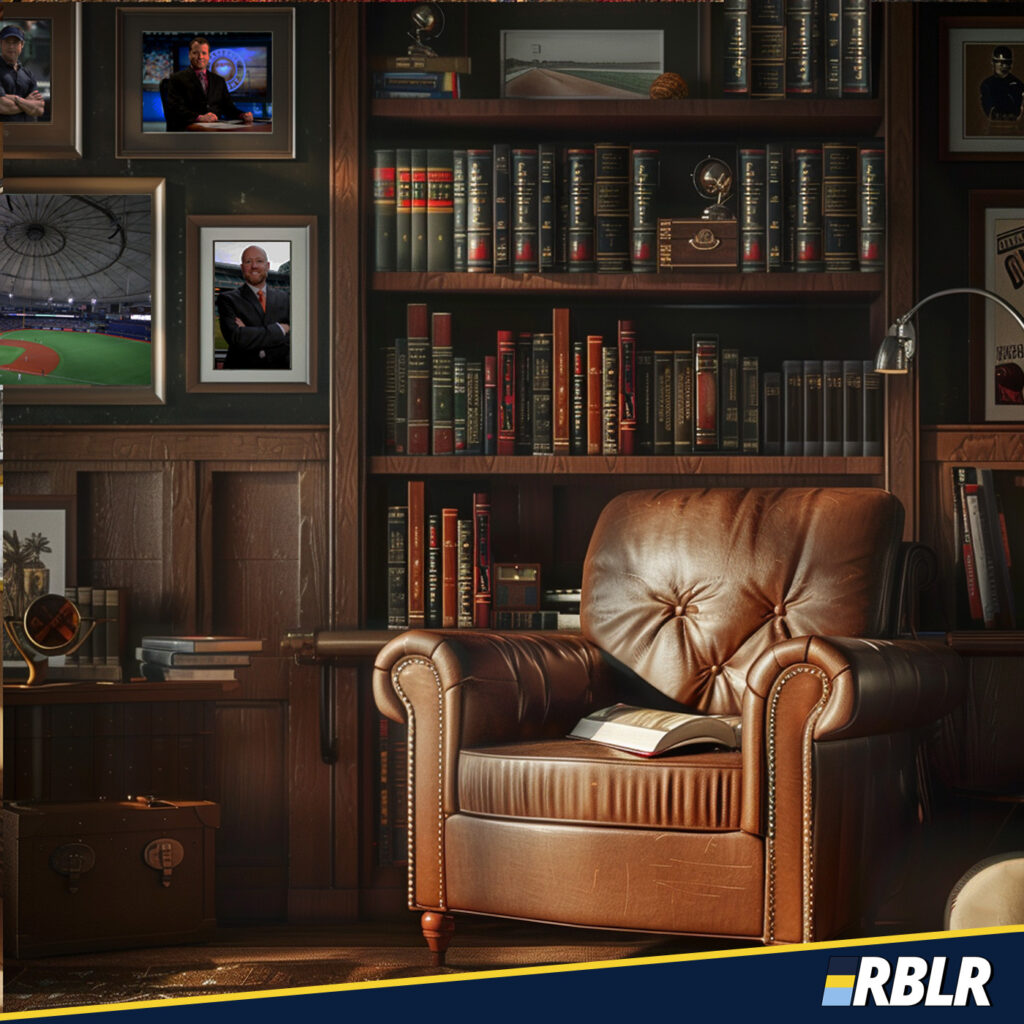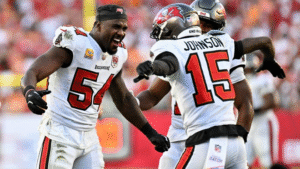The Library: Required Reading For Advanced Baseball Analytics – Part 2

Howdy! It’s been a while, and I’ve had some time to do some more reading into the wonderful world of baseball analytics. Check out part one, if you haven’t read it yet!
There are still many titles to be read in the future, as eventually I’ll make my way to Bill James’ readings as well as The Science of Hitting because, hey, it’s Ted Williams, but for now, here are the newest entries to the RBLR Advanced Analytics Library for Baseball (working on the title).
The Diamond Appraised by Craig Wright and Tom House
Published in 1990, The Diamond Appraised was a really fascinating read, as famous baseball historian and one of the OGs of the sabermetric movement Craig Wright and Rangers pitching coach Tom House combined to write some fascinating things about a wide variety of topics in the baseball world.
The most fascinating pieces came from the beginning of the book, where Wright makes an astute argument for assessing catchers in the lense of how pitchers perform with said backstop behind the plate, trying to factor for softer skills like game calling, relationships with pitchers, receiving, and overall general comfort within a battery.
Obviously there’s been plenty of work done to incorporate framing into catcher value, but some would argue it’s not enough, and that there’s still so much immeasurable value from good defensive catchers in ways that can’t be quantified.
That’s where Wright’s “Catcher’s ERA” chapter comes in; obviously not anything new or ground-breaking now, but Wright also brings up some really cool points about mixing up matchups with catchers and pitchers in order to avoid pitch sequencing becoming too predictable.
Doug Gwosdz is also the original Jose Molina/Alex Jackson in terms of being a bit of a cult hero in terms of catcher defense.
The rest of the book also brings up some thought-provoking ideas, including the best argument for the DH I’ve heard, with Wright talking about how the “strategy” argument many employ for being pro-pitcher hitting isn’t as strong as you’d think due to the lack of actual thought required to say “Hey, my pitcher sucks at hitting, let’s pinch hit for him here or have him bunt.”
Given, there’s a lot more to the timing of it, but he points out how it limits a team’s use of pinch-hitting with other bench bats and ultimately forces a team to be less creative with their roster usage.
Wright also brings up some interesting ways of looking at pitcher usage, advocating for shorter leashes for starters in order to preserve their health and be more effective in using your best pitchers (bullpen arms) at their highest capacity. I wonder what he’d have to say about the Blake Snell decision in 2020.
The pitching coach, Tom House, also seems to be an early advocate for biomechanics in pitchers as well as sports psychology, both cutting-edge ways of looking at the game.
Overall very much worth the read, despite the aged nature of some mentions of wins and a bit of a weird argument against Willie Mays using RBI totals.
The Extra 2% by Jonah Keri
Finally, a Rays-related book!
We’re going to get into some less numbers-focused books with these next 2 titles, but they’re still worthy of inclusion because A) I took the time to read them so I’m going to write about them, gosh darn it, and B) they’re still forward-thinking, which is more important and relevant in my mind to this whole idea of thinking about baseball.
The Extra 2% is a fun look at the history of the Rays, including their dark beginning days under Vince Namoli and the eventual takeover by Stu Sternberg (even writing his name brought a shiver down my spine as if some unspeakable evil just grazed my being), the multi-World Series-winning executive Andrew Friedman, and the against-the-grain manager Joe Maddon.
The book can be a bit heavy-handed in its compliments of Stu and the Boys, but the ending is ominous, especially for the current state of affairs with the Rays, as it paints a dark yet accurate picture of the future of Rays baseball, especially given the time it was published in the early 2010s.
Hopefully the team can return to the fun days of the early Sternberg ownership, as it was a nice reminder of the fact that the team was actually quite fun in its approach to trying to establish its relationship with the community at one time, even if they’ve done so much work to sully that once-not-awful reputation.
Of course the book also discusses how much the Rays wanted to hire individuals unafraid of taking risks and making controversial decisions based on non-traditional methods.
So if you’re feeling nostalgic for how the Rays used to be, it’s a fun book to take a look at and peruse.
The Arm by Jeff Passan
Yeesh, back-to-back sort of depressing books.
The Arm is an excellent, in-depth view of the awful world of the arm injuries that have plagued the baseball world for quite some time.
This phenomenon has only gotten worse over the years, and the book seems sort of quaint in how destructive it describes the issue, despite the great care Passan takes to describe how impactful and painful the rash of arm injuries can be, since now it’s just so common place to think of every pitcher’s arm as a ticking time bomb.
It’s a great if not sobering read of how difficult it can be to be a pitcher, especially now with the ever-greater emphasis being placed on max-effort, high-velocity throwing, even at the great detriment of health.
The book, like most rational people when discussing this issue, offers no simple solution, no “Hey, here’s the sure-fire way to solve this,” because such a thing unfortunately doesn’t seem to exist.
Passan is now mostly known for being the news-breaker of the baseball world, but this book is an important benchmark in the world of baseball, especially in viewing pitcher health and the direction the management of arms was headed and has ended up at, with Tommy John surgeries and UCL repairs becoming the norm.
The Cooperstown Casebook by Jay Jaffe
Have you heard of JAWS, that weird-sounding metric people keep citing in Hall of Fame discussions?
Well, Jay Jaffe, author of The Cooperstown Casebook, is responsible for that.
The book is divided into 2 halves, with the 1st being an explanation of the methodology behind Jaffe’s calculations and reasoning, and the 2nd being a recounting of each position, with players that are left out or undeservingly enshrined in Cooperstown.
The 1st half is very much worth the read, as he does a marvelous job of breaking down how JAWS differs from the traditional WAR metric; it’s still all-encompassing, trying to get a player’s all-around contributions into a single number, but it does a better job of capturing a player’s “peak” value while trying to balance with longevity.
It might not be perfect, and I couldn’t quite get on board with some of his views on steroid users, but JAWS is still an effective way to look at Hall of Fame candidates.
His analysis also discusses the flawed approach the Hall takes to players who drop off the ballot and need further consideration, as well as explanations for how the weirdly undeserving players made it into the Hall in the first place.
Future Value: The Battle for Baseball’s Soul and How Teams Will Find the Next Superstar by Eric Longenhagen and Kiley McDaniel
This might have been my favorite read of the bunch.
Future Value takes a deep dive into all of the happenings in the scouting world of baseball, including trying to explain the complex world of international scouting and the MLB Draft.
It delves into how scouts are valued versus the new, analytics and model-based approaches, as well as how teams balance the 2 perspectives.
Unsurprisingly the Rays are found to be very in the middle of these perspectives, as they use this well-balanced approach to fuel their success.
It also discusses what advice they have for people trying to break into the scouting industry or for parents trying to help their kids get scholarship offers or get drafted (hint: don’t go to so many Perfect Game showcases).
Overall the book is really broken down from an easier way to understand from a lot of previous analytically-based books, not relying quite so much on numbers and graphs to get their points across, but it’s still a great behind-the-scenes look into what goes into the decision-making process for MLB teams.
So take a look if you’re trying to figure out more about why despite their payroll rankings, the Rays still manage to compete every year, and how other teams value their scouts versus what the spreadsheets say, or if you just want to learn a bit (as much as the public will probably ever truly find out) about front offices and how they operate.







